I bet you’re wondering whether getting rid of flies with your vacuum cleaner is a viable option.
Flies, such as moths, and other insects like silverfish can be very disturbing and hard to get rid of during an infestation, especially in tropical regions, and a vacuum cleaner could be an inexpensive, handy and quick way to go. It is very convenient and does not cause such a mess knocking things over as trying to swat at them.
In order to use this method, you’d have to understand what type of vacuum cleaner you have and whether they’re suitable for fly-catching. The lingering question then remains, what happens after you catch the flies?
Can Flies Survive in a Vacuum Cleaner?
Flies generally cannot survive in a vacuum cleaner. However, they may not die immediately after you vacuum them. Frail flies like the mosquito die due to the suction force of the capture but other more sturdy flies get sucked in without much damage.
They may even escape as the one-way valve of some vacuum cleaners cannot be trusted.
However, this is difficult because while the fly may not die, it will be stunned from being flung into the tube.
The time it takes a fly to survive in such an environment depends on the type of vacuum cleaner. But generally, it can only last a few days.
Do Flies Die or Do They Fly Right Out of Your Vacuum?
The vacuum cleaner is more of an effective containment for the flies than an immediate kill trap. Even with a strong vacuum cleaner, they are not killed and usually do not find their way back out, unless the vacuum chamber has been compromised.
Although, very few flies like the fruit flies can fly out of the vacuum cleaner. Also, some vacuum cleaners like the dustbuster types are designed to trap insects and flies as they have a flap that closes and traps them when the machine is turned off.
The major challenge you will encounter in your flies-catching exercise using a vacuum cleaner is to actually catch the flies. This is because they are very agile and catching them can be difficult.
Once they are trapped in the vacuum whether dead or alive, the problem is solved. The flies could die of starvation or suffocation.
To kill the flies in a vacuum cleaner, you can take the bag covering the ventilator outside to kill the fly.
Can Flies Fly inside a Vacuum Cleaner?
If a fly gets stuck in the vacuum chamber it can fly, but do they fly differently in a vacuum cleaner? It actually depends on the type of cleaner. The suction causes balance loss and the flies fly haphazardly.
Not to mention that some of them are too stunned to move after suction. Regular vacuum cleaners contain the dust that can cause respiratory blockage in their tracheae.
As a result, the flies get too weak to fly. They usually lay in the dirt until they suffocate and die.
The Environmental Conditions Where Flies Thrive
There is a misconception about the lifespan of flies. Some people think that all flies live for 24 hours. Well, that’s not true. While Mayflies may live for just 24 hours, houseflies live for days.
However, there are environments at your home that will encourage flies to thrive.
1- Rotten Food
To start with, leaving rotten food in the house is a great way to encourage flies. The female fly usually lays her eggs where the larvae can feed for a time. Its best choice would be rotten food or wood.
Meanwhile, a female fly can lay up to 150 eggs at once. These eggs are usually small and you may not notice until they are everywhere in your house. Cover your food containers tightly and dispose of any leftover food properly.
2- Dirty Cooking Area
If you want to get rid of flies, ensure your kitchen is clean. Dirty dishes can encourage fly infestation. This will lead to contamination and subsequently cause food poisoning.
Wash your dishes after cooking or eating. Do not leave crumbs on the table as the flies may feast on it.
3- Trash Cans & Compost Pits
Generally, flies thrive in a dirty and unkempt environment. They feed on decayed materials like fruits, vegetables, food, and so on.
Maintaining good hygiene is the best way to prevent flies infestation in your house as heat and odor attract them.
Are the Conditions inside a Vacuum Cleaner Ideal for Flies to Survive?
Regular vacuum cleaners are not. This is because there is not enough moist air in the vacuum.
The little air available is filled with fine dust particles that could block the airways of flies, causing dehydration. They may eventually die of starvation or suffocation and dehydration.
However, there are special vacuum cleaners designed to gently trap flies till they are released once again to the outside environment. These ones are eco-friendly vacuum machines mostly used by professionals.
Can You Catch Flies with a Vacuum? (Step-by-Step)
Flies are pretty fast and they can feel a shift in the air once the change occurs in the air.
To catch flies with a vacuum cleaner, you need to be fast. With a vacuum cleaner, you can be the chief pest controller in your house.
Pests like flies, spiders, bugs, and so on can easily be gotten rid of with your vacuum. It’s the best method to use as it is not toxic and properly does the work of reducing flies in your house. Moreover, it doesn’t require resources.
Catch Flies Using Your Vacuum Cleaner (5 Steps)
STEP 1: Get a Vacuum Cleaner- This is the first step towards ridding your house of flies. If you already have a vacuum then it can serve but if you don’t have you need to get one ASAP.
STEP 2: Choose the Right Time- Flies can be difficult to catch. They can see from both the front and backside. So knowing the right time to approach is important.
You need to prepare like you’re going for a war. Lol. Just kidding. It’s not advised to go fly-hunting at noon. Morning or evening is best advised.
This is because flies are usually sleepy and sluggish during these periods. They will be easier to catch.
STEP 3: Keep Your Vacuum Ready- Preparation is key for using your vacuum to catch flies.
To start with, make sure your equipment is in good condition. You should ensure your vacuum is turned on to the highest power.
This is easy; you can use the control knob on the body of the vacuum to direct it to the volume you want.
Some vacuums have the foot pedal as their control board and it comes on when you click the foot metal.
STEP 4: Catch the Flies- If you have followed the above steps up till now, then it will be easier for you to catch the flies.
On the other hand, if you skipped the above steps please go back to them. While we have established the need for a high voltage vacuum, ensure your vacuum is on before your approach the flies. These insects are more conscious of moving than static objects.
Face the nozzle of the vacuum towards the fly and advance slowly. Don’t wave the nozzle so you don’t scare it away. The fly gets used to the sound of the vacuum when you are 5 – 7 centimeters close.
This will distract it and prevent the brain from reacting sensing the danger. Give it 20 seconds to relax then bring the nozzle 4 centimeters close. The fly either flies into the nozzle or gets sucked in.
STEP 5: Vacuum Regularly- You need to vacuum regularly if you want to keep flies away from your house. Also, keep your things in order and don’t give room for flies and other insects to breed.
Most times, the flies don’t die when you use the vacuum.
So to be safe and prevent them from entering your house, ensure you tie up the bag after vacuuming then dump it in the trash basket.
Things to Look Out For in a Vacuum Cleaner for Catching Flies
• When making the choice of a vacuum cleaner for removing flies and other house pests, go for one with a hose. They can easily suck up the insects from uneven surfaces and overhead areas.
• A vacuum with a rotation brush may be necessary to scrap the carpet of any food droppings. Therefore, I advise that you purchase a vacuum that permits you to switch between a hose and a brush or have an additional feature where you attach the brush. Canister vacuums are your best bet.
• Meanwhile, if anyone in your house has allergies, you can use a HEPA filter as it reduces the airborne particulate. You have to be careful with this though because the replacement parts are expensive to purchase.
• Do not buy bagless vacuums as your filter will get clogged easily. Filters are expensive. To protect them, use the cheap disposable bags or dirt separators vortex-style. This way, the lifespan of the filters is extended.
• Get vacuum cleaners with flaps that can trap flies even when turned off. It’s very important.
Final Thoughts!
If left unchecked, flies can infest your home and contaminate your food. The best is to not wait for their life span to end as they will multiply and continue the rampage. It is usually best to maintain control measures against the flies rather than waiting for a full outbreak.
Different approaches are usually recommended for different situations. You could use the vacuum cleaner to catch them, but it is not a reliable solution to a fly infestation. If you’re dealing with a stray insect or a lone ranger, it’s okay to use a vacuum cleaner.
But if they’re constantly reoccurring, then you could get a batting net, like one of those with an electric zap. If it becomes uncontrollable, then maybe you should consider fumigation.

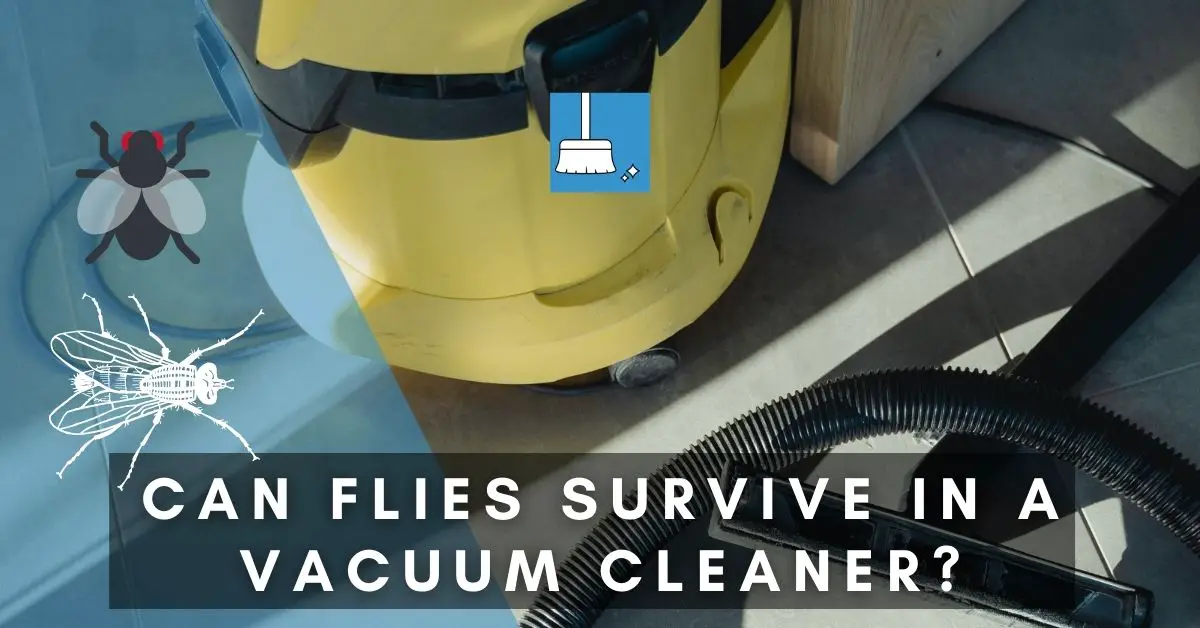
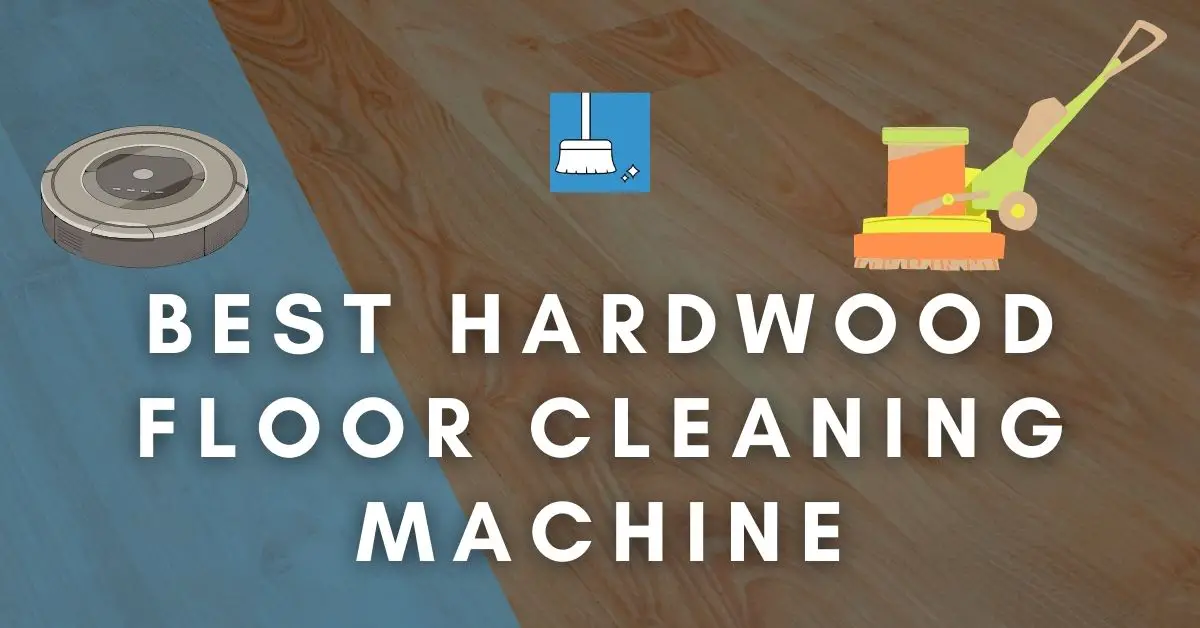
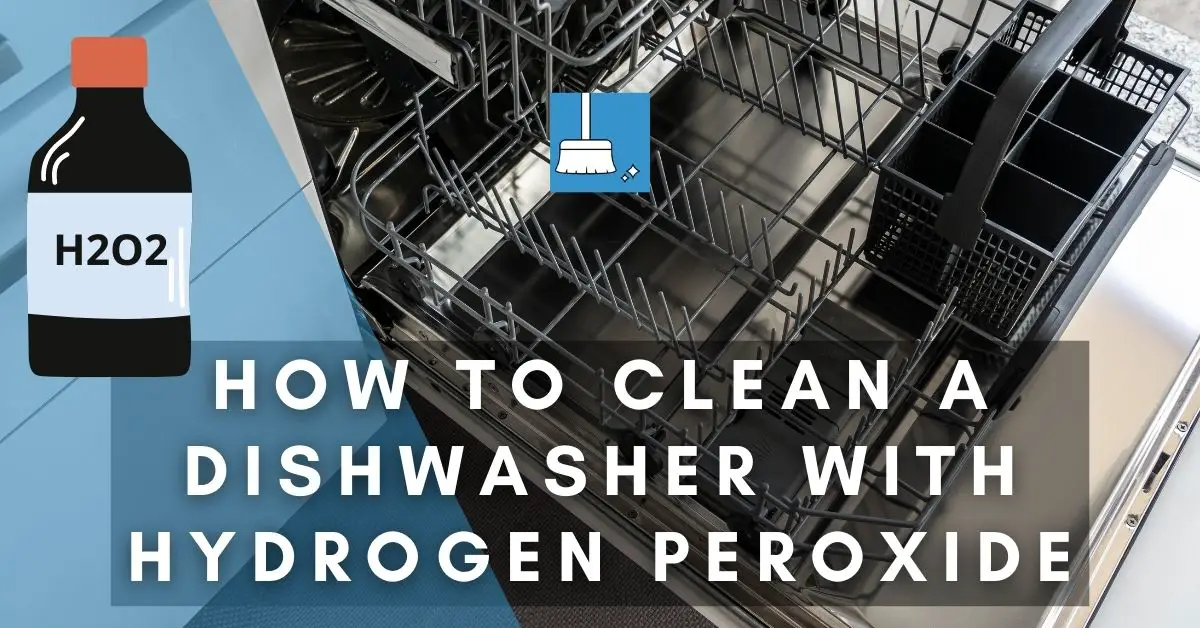
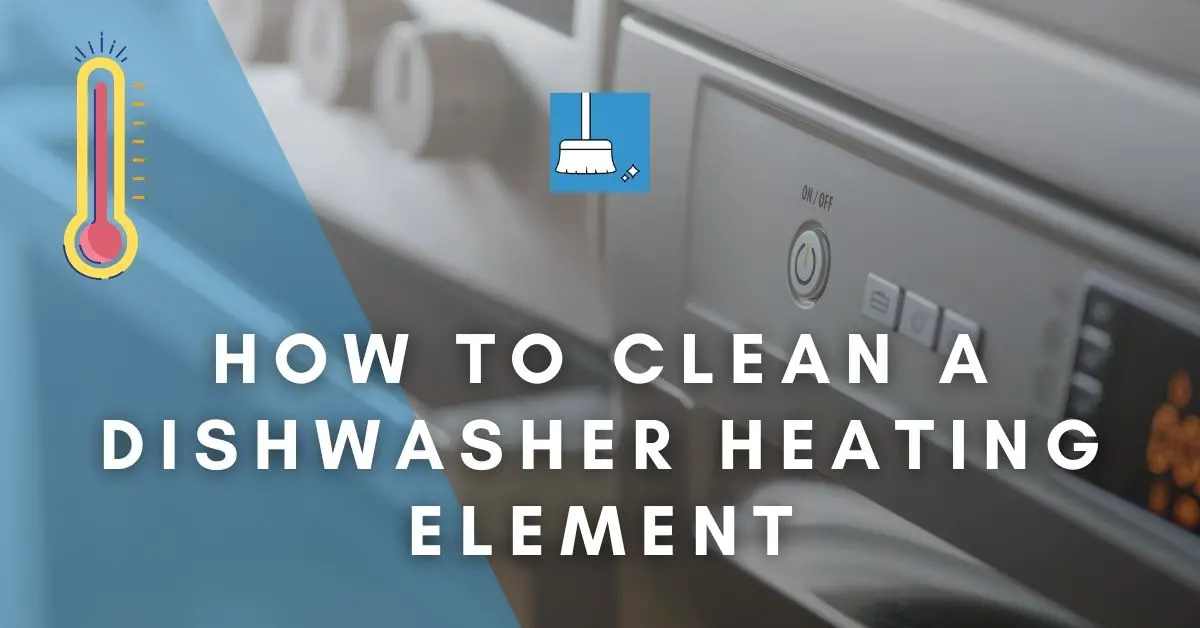
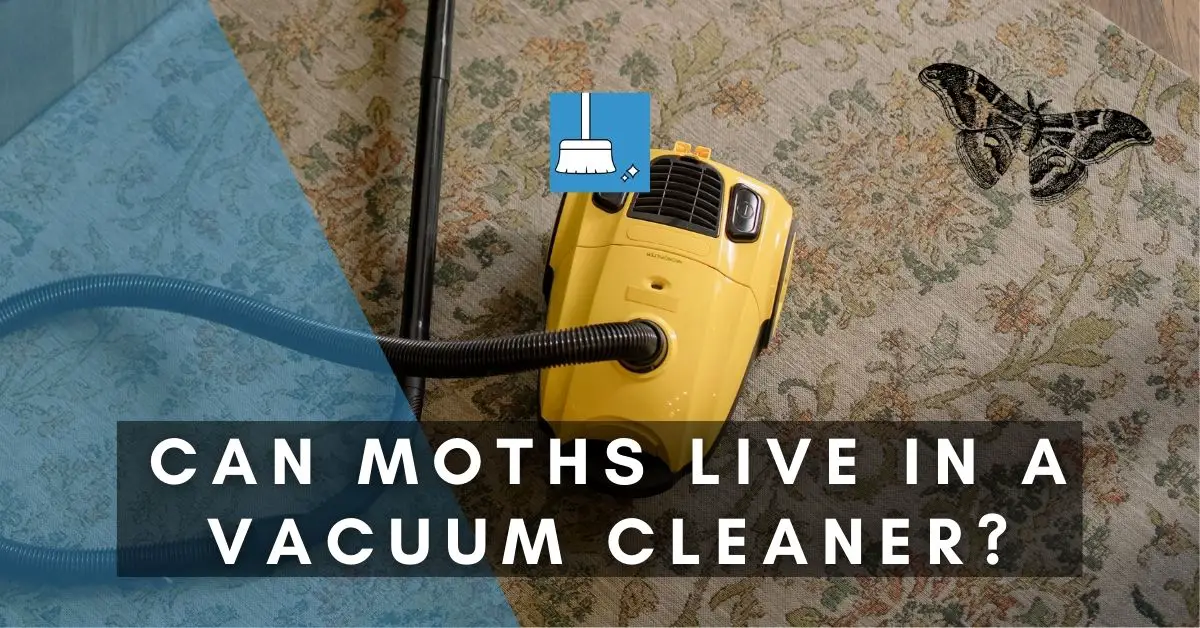
Pingback: Can Moths Live In A Vacuum Cleaner? (Solved!)